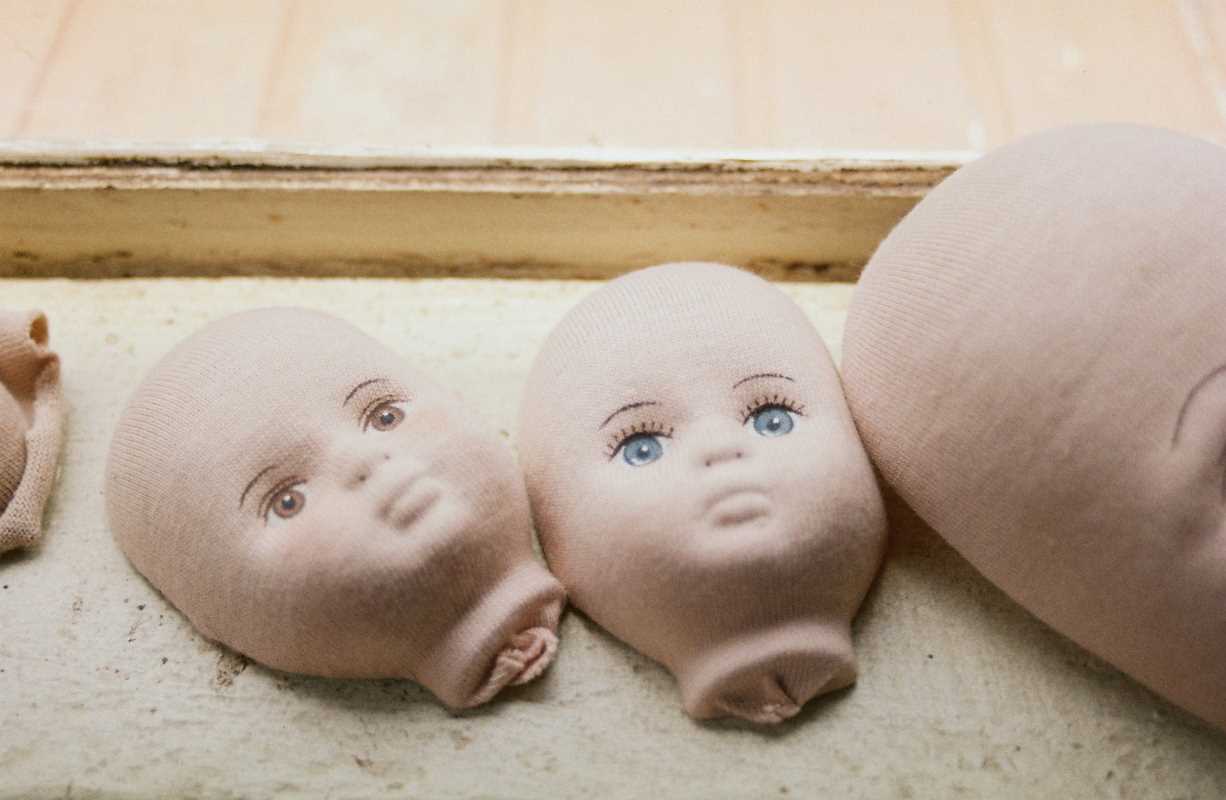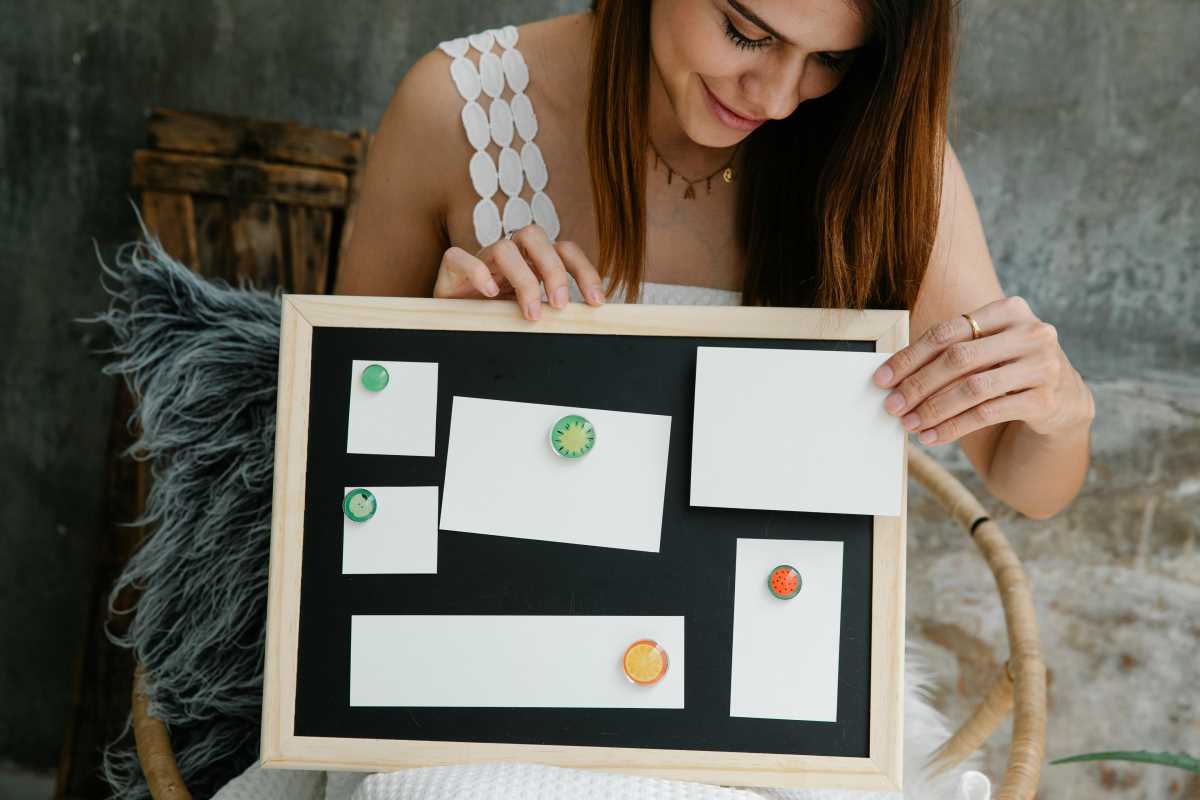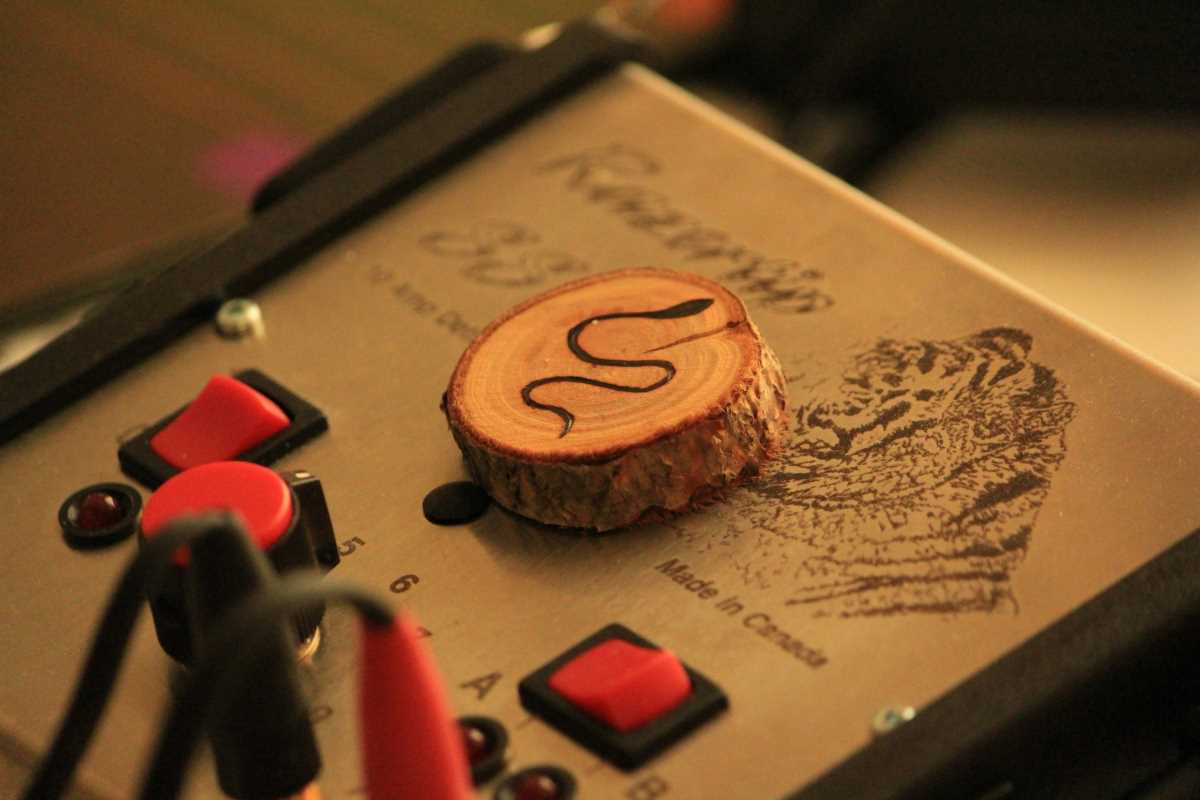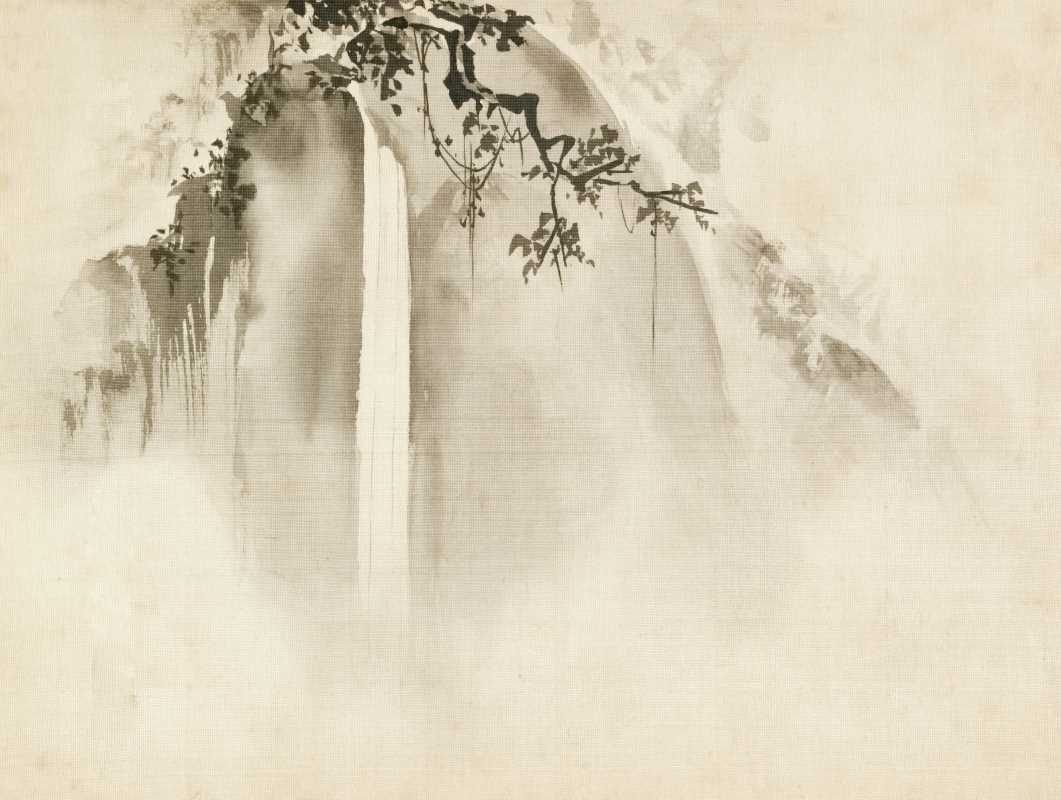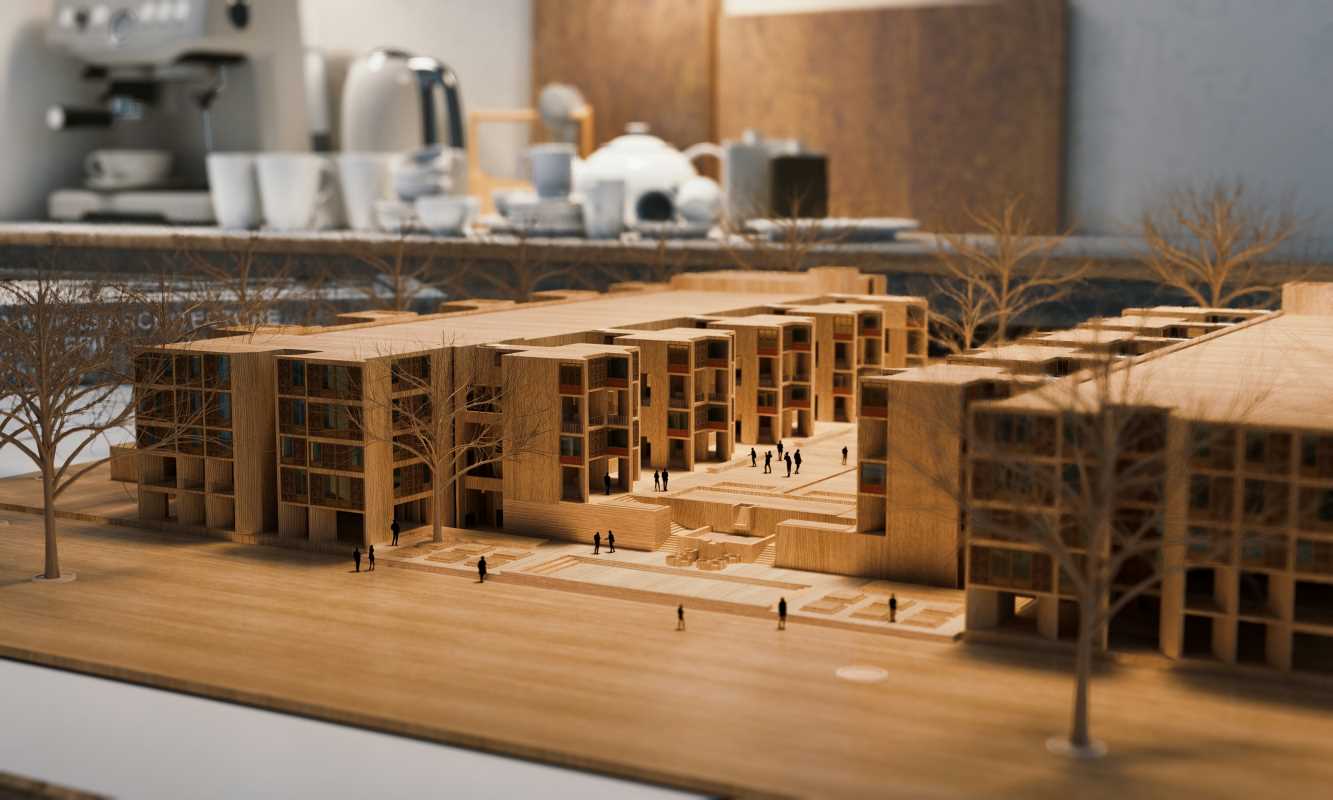Creating a Dungeons and Dragons map opens up a world filled with mystery and excitement. With a pencil in hand, you become the architect of twisting corridors, concealed passages, and rooms where unexpected challenges await. Each line you draw adds depth to your story, shaping the adventures that unfold across your tabletop. A detailed dungeon map not only guides the action but also sparks the curiosity of everyone at the table, setting the stage for memorable discoveries, clever tactics, and surprising twists. As you sketch out secret doors and hidden traps, you bring your game to life and invite everyone to explore the unknown together.
Drawing even a modest cavern layout calls on creativity as much as technique. By blending structured planning with spontaneous embellishments, you’ll keep players guessing and immerse them in your world. The following sections unpack the underlying magic behind evocative maps and walk you through gathering supplies, shaping layouts, and adding the finishing strokes that turn lines on paper into living dungeons.
Creating Exciting Adventures with Maps
Every successful dungeon session begins long before miniatures hit the table—it starts in the margins of a sketchbook. By viewing your map as a narrative framework, you can subtly guide player choices while allowing freedom for daring exploration. That dual role—structure and launchpad—gives each twist and trap extra impact.
Maps also encourage teamwork: when players debate which corridor to explore or which secret door to smash open, your drawing becomes a shared reference point. That spark of group excitement fuels creative problem-solving, forging partnerships that last beyond a single session and keep your campaign lively.
Basic Supplies for Creative Map Ideas
- Graph Paper Pads: A drafting grid supports accurate corridor widths and room shapes. Purpose: guarantees consistent scaling so hidden doors align perfectly. Steps:
- Select a pad with 5mm squares.
- Lightly pencil in walls following the grid.
- Ink over pencil when satisfied.
- Cost: around $5 for a 50-sheet pad. Insider tip: rotate the page 45 degrees to sketch angled chambers without shifting your ruler.
- Mechanical Pencil (0.5mm): Provides fine, steady lines essential for small tunnels. Purpose: allows quick erasing and detailed work. Steps:
- Load lead and test on scrap paper.
- Sketch main corridors lightly at first.
- Press slightly harder to shade walls for different thicknesses.
- Cost: often $3–$8 per pencil; lead refills cost under $2. Insider tip: carry a second pencil so smudges don’t blur important notes mid-sketch.
- Archival Ink Pens: Dark, waterproof lines resist smudges and marker bleed. Purpose: ensures permanence when you add color washes. Steps:
- Choose a set with 0.1mm and 0.3mm tips.
- Trace pencil walls with the broader tip first.
- Add fine details—cracks, stalactites—with the finer tip.
- Cost: approximately $15 for a three-pen pack. Insider tip: store pens horizontally to keep ink flowing smoothly.
- Watercolor Brush Pens: Blendable pigments help depict stone, moss, and magical glows. Purpose: set the mood and highlight points of interest. Steps:
- Test each color on scrap paper.
- Layer light washes over room interiors for depth.
- Use a drier brush stroke for streaky torch-lit effects.
- Cost: roughly $20 for a set of eight. Insider tip: squeeze pigment onto a palette and dip a clean water brush to control saturation.
- Template Set (Circles & Doors): Plastic stencils speed up drawing repetitive elements like pillars and doorways. Purpose: keeps style consistent across the map. Steps:
- Place the template on your sketch.
- Trace portal or column shapes in pencil.
- Remove stencil and ink over the outline.
- Cost: around $7 per stencil sheet. Insider tip: mark back corners of templates with tape to prevent slipping during tracing.
Planning Your Layout Step-by-Step
Use a numbered workflow to create a dungeon map that balances exploration with pacing. Planning your drawing process helps distribute key encounters evenly and prevents dead-end corridors that frustrate players.
- Identify the Entrance. Sketch a starting chamber near the bottom of the sheet, marking where the party enters. Leave enough space above for expansion. Use very light pencil lines to adjust the chamber shape before inking.
- Design Main Corridors. From the entrance, plan two or three main routes. Keep corridors between two and four squares wide. These serve as arteries, connecting rooms and branching off into side passages.
- Place Major Rooms. At key junctions, allocate space for boss fights or puzzle chambers. Draw these rooms at least six squares across to fit furniture and traps. Number each room on your grid to keep track of encounter order.
- Add Side Chambers. Sketch smaller rooms off the main corridors for loot caches or hazards. Use different shapes—circular, L-shaped, triangular—to surprise players and encourage careful observation.
- Finish Walls and Details. Once the layout feels right, ink over the pencil lines. Add hatching inside walls to suggest thickness, and draw floor textures like flagstones or rough earth.
This step-by-step method helps you plan pacing, making sure players don’t get lost wandering endless tunnels. Keep some empty space between rooms so the map remains clear even under low-light conditions during gameplay.
Adding Color and Texture for Realism
Enhance realism by layering soft earth-tone gradients and deepening color near key elements like wards or treasure. Add texture with techniques like stippling for moss or dry-brushing for grime along walls. These subtle details make your maps feel immersive and help players quickly spot important features.
Combining creativity, planning, and color helps you create engaging dungeon maps. With regular practice, your maps will reveal more depth and detail in your fantasy world.
 (Image source: Midjourney)
(Image source: Midjourney) 